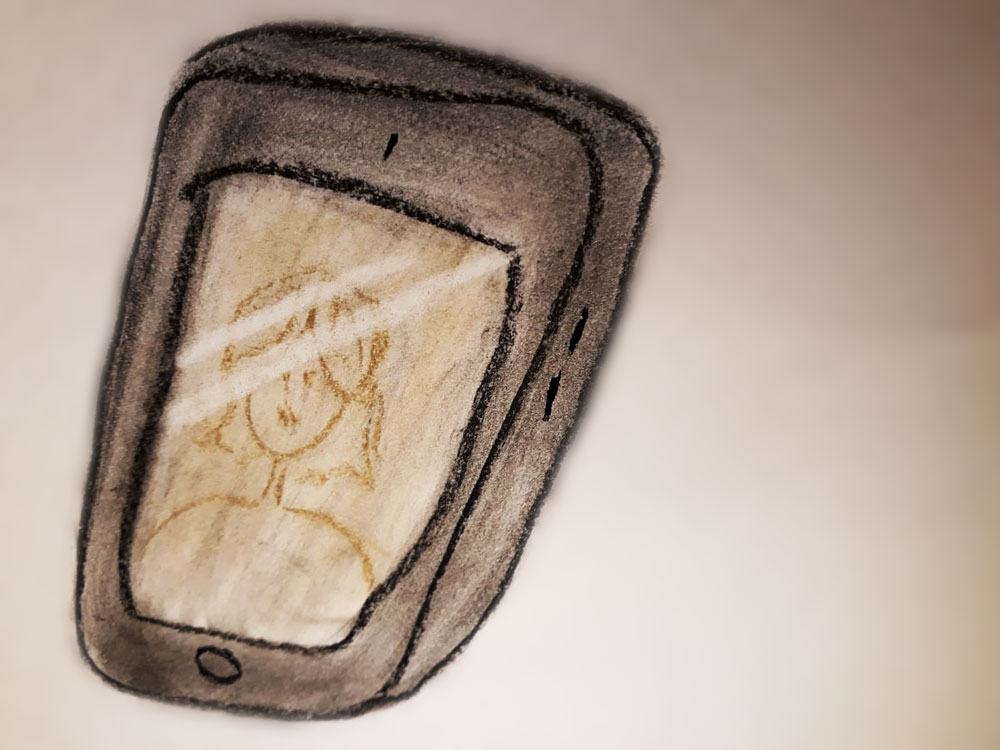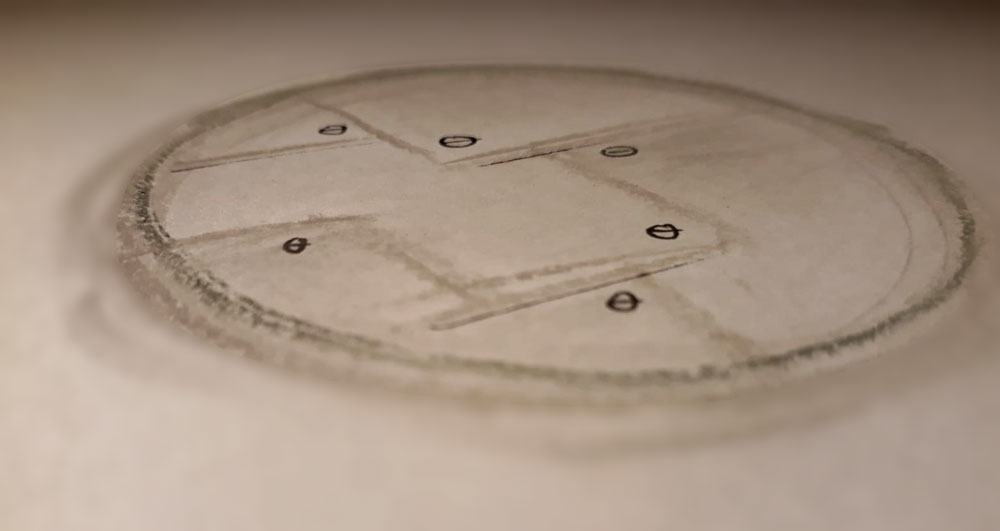It has been more than a year since my last blog post about my research into mobile phones and being-in-the-world (find the results here). Since then I designed a digital interaction concept, build the Philosophy-through-Design methodology, wrote a conference paper, wrote a full report about my work and presented the work a few times to an engaging audience. The question I get asked the most when people hear about my work is what has changed in my smartphone behaviour since doing this research. To answer this question once and for all, I will give an overview of my smartphone changes in this post today! These are all changes that fit me and how I think about my smartphone especially and I hope it can inspire you to use your phone more consciously as well.
1. Greyscale
The biggest, most obvious and lesser-known change is that I changed the settings of my screen to greyscale. Most smartphones have this option somewhere in the settings, I would advise you to just look up where you can find it on your phone. Making this change has a couple of different benefits. First of all, it is a lot easier on my eyes because there are fewer stimuli of brightness and colors. This one I notice immediately when I turn the greyscale off for a moment: I feel like a vampire in the sunlight (‘AAH MY EYES!!’). You might think that greyscale would make it more pleasant to use your phone (it does indeed), which would make you even more “addicted” (it doesn’t). The interesting thing is that it makes using my smartphone both more pleasant AND less interesting. This is mostly due to the fact that colors and brightness trigger parts in your brain that make you interested and has a bit of an addictive effect (this is deliberately used in casino’s for example, but also by the tech-companies themselves!). In addition, it is much less interesting to watch movies or scroll through images in black & white. As a result, I spend less time on my phone. I check my messages and put it away, or I might even open Pinterest or Youtube and quickly realize that I don’t want to do this, or that it is not interesting enough.
2. Limited amount of applications
The greyscale mostly helps me to use my phone for shorter periods of time. But I also try to grab it less often. To make that happen I make sure to have fewer reasons to open my smartphone by having fewer applications. I have deleted many applications that I don’t consider necessary and I try to barely download new apps. This involved a conscious reflection on what I would like to use my smartphone for and what applications will help me with that. The advantage of the phone is that I can use it ‘on the way’ and when I’m traveling, so I have only kept applications that I need for that, such as navigation, messengers, train things, weather, and my calendar. I don’t have Facebook/Twitter/Insta or games for example. Every once in a while I try to go through all my applications and decide if I still need it because my life and values might change a bit from time to time. And I might finally have found the courage to delete some applications that I know are not so important, but that I really like to procrastinate with. Remember that you don’t have to be perfect at once, it’s a journey and you’re doing this only for yourself! 😉
3. Phone-free zones: No phones in bed or on the toilet
Lastly, I try to think about WHEN I use my smartphone. In my room, I have mental “phone-free zones” where I try to never use a smartphone. My bed is an important place in that category because I want to create the perfect atmosphere for sleeping. Screens have a negative effect on my quality of sleep, or at least my duration of sleep. Having my phone in another room helps me to completely calm down before I fall to sleep. I might read a bit, listen to some music, do some relaxing exercises or write (with pen & paper!), but never watching movie clips, messaging people or scrolling through images. And it is delightful! It also helps me to get out of bed and start the day when I wake up in the morning, instead of first “being on my phone” for an hour and already feeling tired before even getting out of bed.
The toilet is also a no-go for me because (A) it makes me be in that uninspiring, small and cold space for longer and (B) it is dirty! I think I don’t have to give more reasons because I hope we all know this is a bad habit by now. (Also please, clean your phone every once in a while).
SO most importantly: consciously choosing how you want to use your smartphone
These are all changes that I made specifically because I think it will help me and it fits into what I think is important in life. I hope I gave you some new ideas or inspiration to think about your own smartphone habits because the key message I want to give is mostly that the biggest enemy of addictive smartphone behavior is using your smartphone unconsciously, just because you have it or because others use it or because you are primed by (unethical) design choices or advertisements or whatever. Try to reflect on how and when you use your smartphone to see if it fits what YOU think is important in YOUR life and how it could help YOU doing the things YOU would like to do. It’s your personal journey, experiment with it and enjoy it!
I’d like to hear your strategies of smartphone use and non-use, feel free to leave a comment below!


